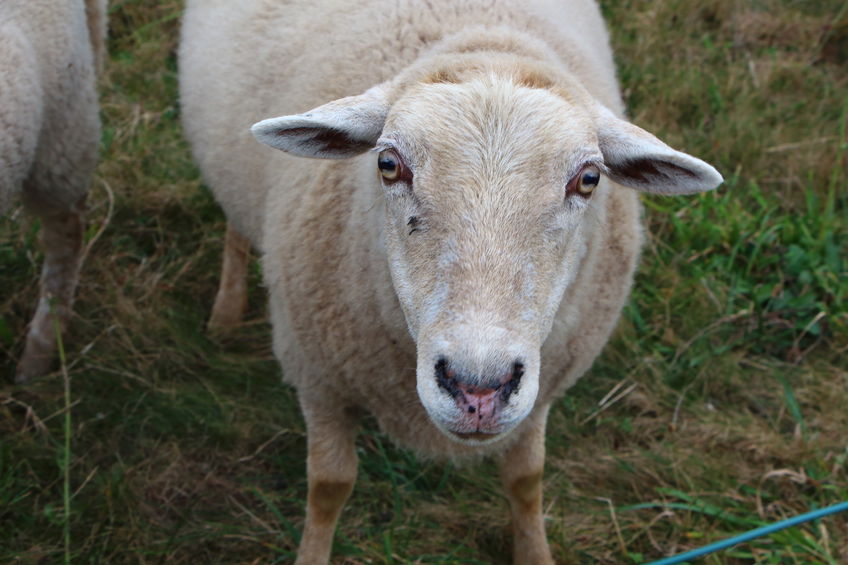
Researchers have been able to demonstrate the automated detection of lameness in sheep using a new prototype tagging and monitoring system.
The study shows that lame sheep adjust how they carry out certain actives, such as standing, lying and walking, rather than simply reducing the amount they do.
Lameness is the biggest health and welfare problem on sheep farms, costing the sector around £80m a year.
More than 90% of farmers in the UK report lameness in their flocks, most of which is caused by foot rot – a bacterial infection.
If spotted early enough, it can prevent the problem spreading in the flock.
As sheep are a ‘prey’ species they are likely to mask signs of lameness when they feel threatened, or enlivened by the presence of observing farmers and vets.
It means that up to now, diagnosis has been difficult and relies on visual inspection because there are no validated commercial tools available.
Researchers from the University of Nottingham used smart wearable technology, which consists of a sensing device worn on a sheep’s ear tag that gathers accelerometer and gyroscope data.
This effectively tracks the animal’s behaviour and movement and its way of walking. The algorithms are then used to create different alerts for farmers.
For all three activities - standing, walking and lying - the study identified features that differed between lame and non-lame sheep.
This is particularly novel in lying and standing, which have unobvious lameness related behaviours that had been difficult to spot with the human eye previously.
The results suggest that instead of affecting how much of an activity lame sheep do, it shows that they actually carry out activities differently, leading to a change in acceleration and rotational movement.
Detecting features that significantly differentiate lame from non-lame was not surprising because of visual differences previously reported between the gait pattern of lame and non-lame sheep.
Five out of the top six characteristics when walking, were frequency, linked to rhythm and pace.
These differences could be linked to reduced mobility because of the disease in lame sheep, which also resulted in differences in the regularity and frequency of head movements.
Lame sheep also showed a change in gait with peculiar head nodding in line with stride compared to non-lame sheep which had a smoother stride pattern.
A particularly interesting find, was that the results for classification of lameness had a higher accuracy within lying and standing activities.
The top features include a mixture of frequency and time-domain features, this suggests differences in in the variability and smoothness of movements for both standing and lying down between lame and non-lame sheep.
In lame sheep this could be an attempt by the animal to reduce discomfort caused by the lameness.
Where they redistribute their body weight to an unaffected leg leading to postural changes when standing.
The research also suggests that lame sheep possibly lie differently than non-lame ones, this could once again be due to the animal’s attempt to alleviate the pain.
The technology was developed by Dr Jasmeet Kaler, of the University of Nottingham, along with industry giant Intel and agricultural software developer Farm Wizard.
Dr Kaler said: “Our study has shown conclusively that there are behavioural differences between lame and non-lame sheep when walking, standing and lying.
“This has been the first report of its kind and given lameness classification is possible within all these activities this helps to improve the accuracy as well as flexibility in terms of energy requirements.
“This automated system for the lameness detection can help improve sheep health and welfare on farms.”
